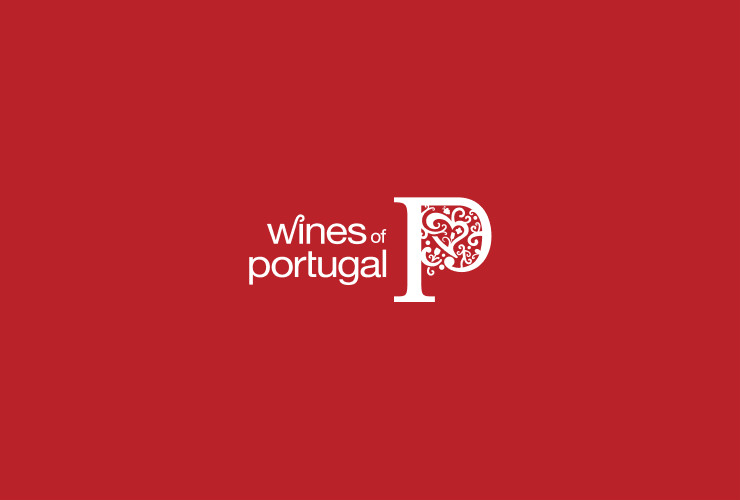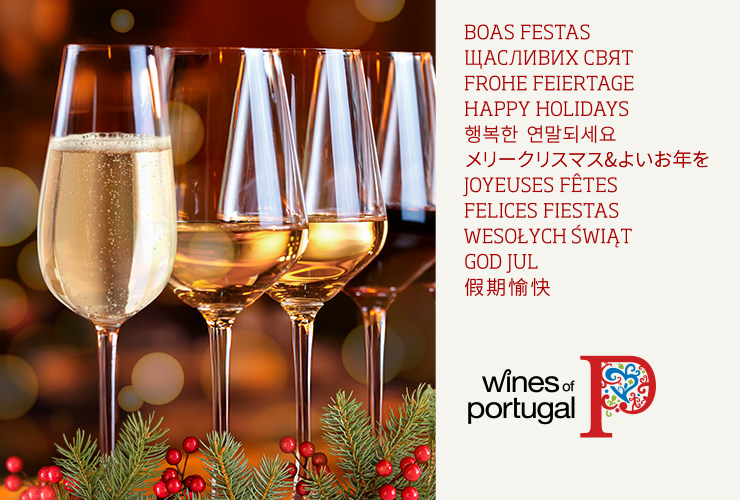Is Portugal the Most Exciting Wine Place on the Planet Today?
Articles
9 April 14

It may well be. Thats why I moved there.
If you’ve read my stuff over the years, you may recall that I like to dive into places that grip my wine imagination. So in the past I, and my wife, Karen, have lived in Buenos Aires, Melbourne, Venice and Piedmont for varying lengths of time, our minimum residence three months. If there’s a privilege to being a wine writer, this is it. Deciding where to go is not an entirely rational thing. Although all sorts of places appeal, the decision to set up house elsewhere is fundamentally emotional. Something about the culture, the landscape, the people and, not least, the wine, has to exert a siren call, an irresistible pull. That, in the proverbial nutshell, is what happened with Portugal. For all the time I’ve spent in Europe over the decades—we’ve bicycled for months at a time in France alone, never mind living for long stretches in Italy—I have to confess that we never bothered with Portugal. The wines, apart from Port, for so long seemed lackluster. You could taste the lack of ambition. But in the course of tasting, I began to receive different messages in the bottle, as it were. Something seemed to be stirring, or so the wines suggested. So in the past year or so, we visited Portugal twice. I loved what we saw, who we met, what we ate and, above all, what I tasted. So I began to investigate Portuguese wines more closely. What at first appeared promising—and extremely enjoyable—turned out to be nothing less than revolutionary. I came to what I freely confess is an emotional conclusion: Portugal is arguably the most exciting wine place on the planet today. Now, whether that’s demonstrably, provably so is beside the point. It’s how I as a wine lover, a wine taster, a wine drinker, felt. And that’s all that matters for any of us, isn’t it? “Let’s live in Portugal for a few months,” I proposed to my wife. “Why not?” she agreeably replied. So now, as I write this, we’re newly settled into pretty nice digs in the Ribeira district of Porto. (And, yes, everything about this jaunt is on my own dime, just in case you were wondering.) Much as we enjoyed Lisbon, there was no question that for us Porto would be “home.” It’s just the right size (1.3 million people in the larger urban area); it’s an ancient city that has retained much of its architecture intact (the Ribeira zone where we live is a UNESCO World Heritage site); and not least, it’s the closest city to the great Douro wine region. That last fact is not insignificant. In the same way that you’ve really got to see the Grand Canyon sometime before you die, the same—for wine lovers, anyway—applies to the Douro wine zone. It is, in a word, boggling. Really, I’ve never seen anything quite like it: more vast than I had imagined, more forbidding in its endless stone vineyard terraces, and just plain more improbable than any other wine area I’ve seen. I mean, what kind of a wine area has growers using dynamite just to create a hole in which to plant a grapevine? It’s scary beautiful. And now it’s changing. The Douro has famously been consecrated for more than three centuries to just one wine: Port. But the past few decades have not been kind to the Port business. The modern mass palate turned away from it, although there’s still a sizable number of drinkers who enjoy at least a sip from time to time. Make no mistake: Port is hardly about to disappear. That noted, there’s no question that the Douro zone is changing. One (rough) fact tells all: In the past 15 years or so, about half of the wine production from the larger Douro zone—an area that extends beyond the boundaries designated for Port production—is now table wine. That’s really incredible. I know of no other historically significant wine zone that has transformed to anywhere near that degree. So I wanted to be close to the Douro action. The table wines emerging from the Douro can be thrilling. Many—most even—are still works in progress. After all, nobody knew how to make table wine in the Douro. But they’re learning mighty fast. The best wines are stunners, truly world-class in their originality, flavor distinction, character, depth and finesse. The dry white Douro wines can be surprisingly compelling. It’s surprising because the place is take-your-breath-away hot in the summer. (One winegrower said to me: “The Douro is eight months of paradise and four months of hell.”) So how can the white wines be so crisply good? Elevation. The best whites come from old vines grown in elevations upwards of 2,000 feet. So the Douro is mighty interesting. But it’s not the real reason why I’ve chosen to take time to live in Portugal. It’s because of the grapes. Portugal is home to a dazzling number of indigenous grape varieties that create wines of supreme originality. You’re looking at red grapes such as Touriga Nacional, Touriga Franca, Tinto Roriz, Baga and hundreds of others, and white grapes such as Arinto, Viosinho, Rabigato, Códega do Larinho and Gouveio, among many others. Until very recently, the Portuguese did a pretty poor job with this patrimony. Too often the wines were dirty-tasting, from old, unclean barrels. The winemaking was crude, the ambition for greatness non-existent. No more. Portugal is now gushing with stunning wines—and yes, stunning deals. Call me a value hound, but except for a tiny handful of reach-for-the-sky wines (and every wine nation needs those, too), Portugal very likely now offers some of the greatest wine values on the market today. The reason is easily grasped: Portugal’s achievement is still recent, and the word hasn’t quite made the rounds. That’s why I’m here. And that’s why you’ll be hearing yet more. (And no, we don’t have a guest room.)
Lastest News

